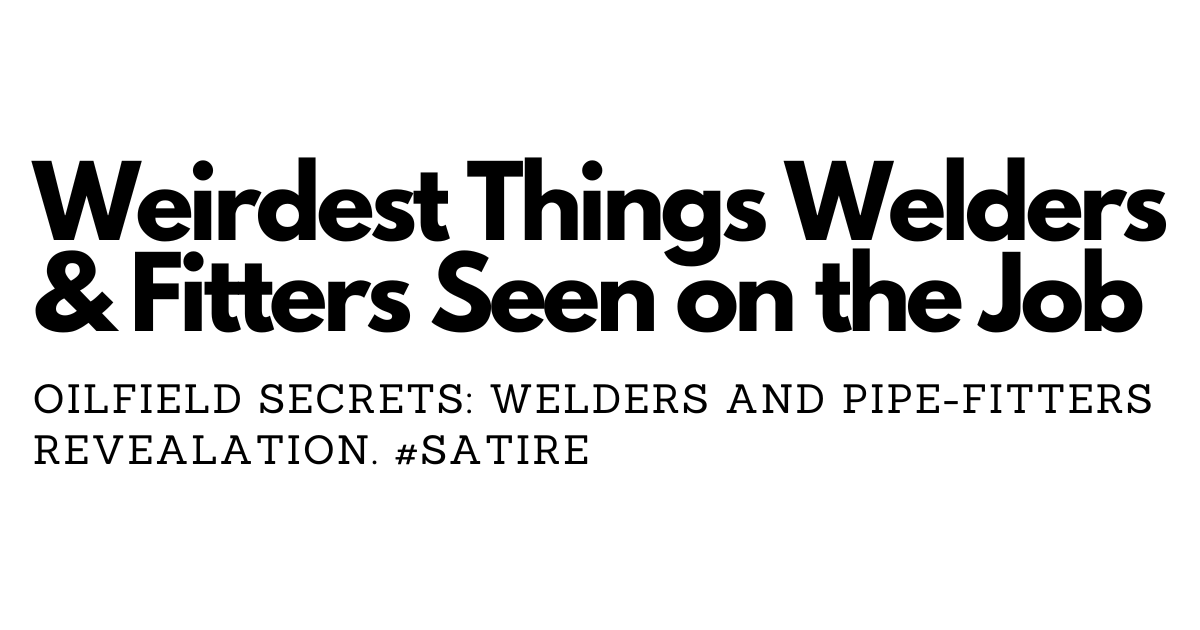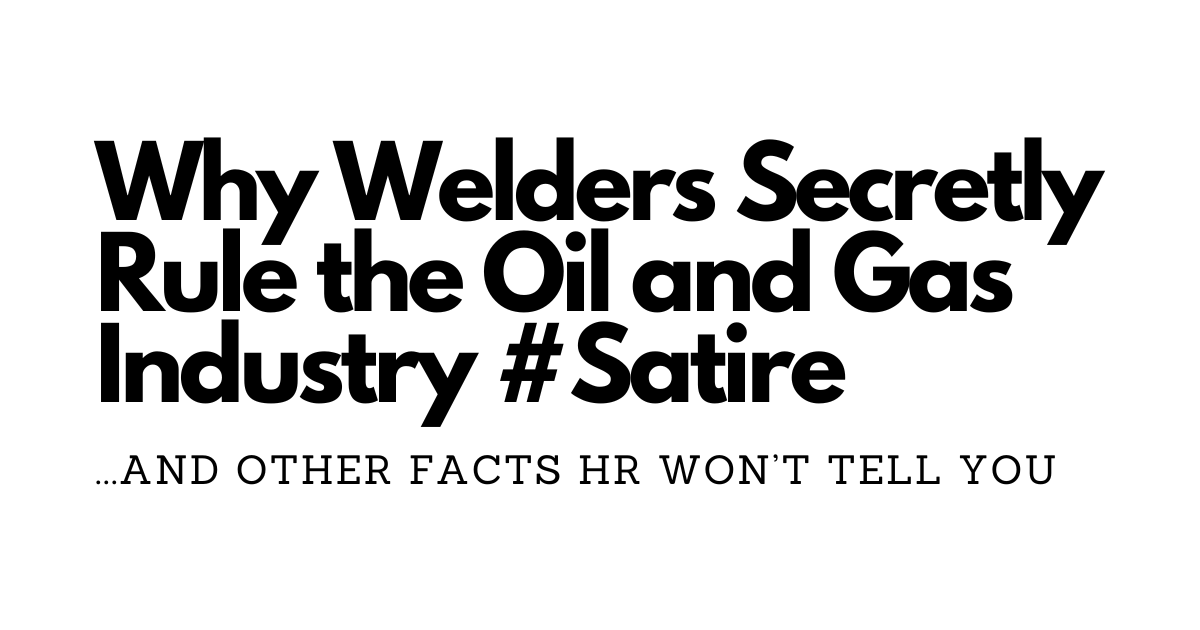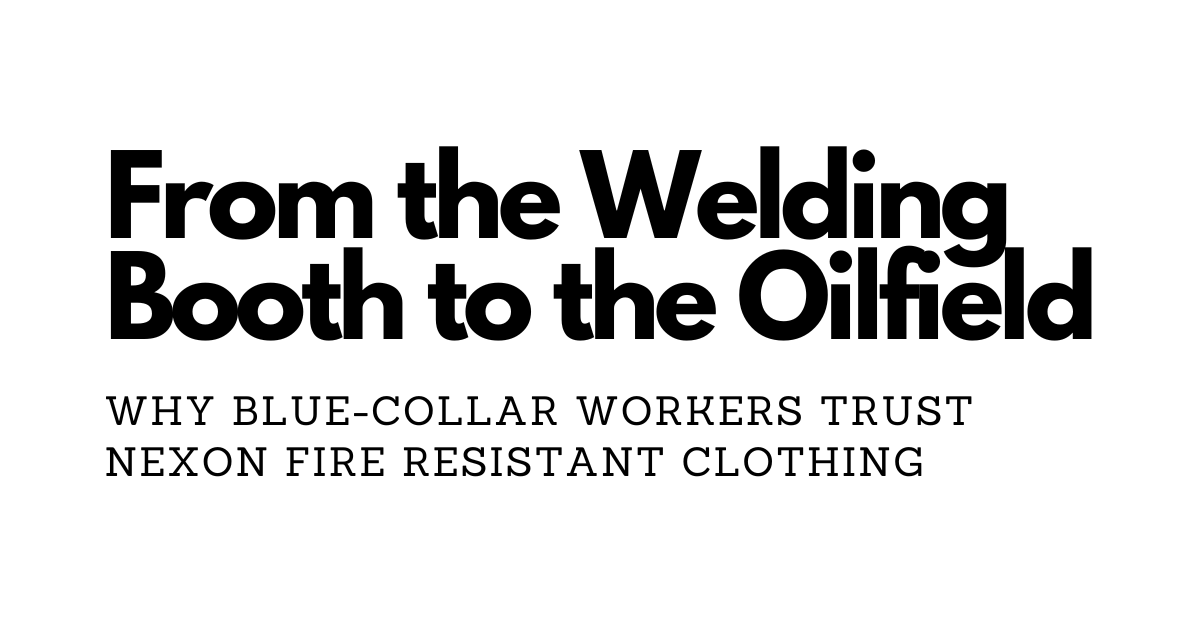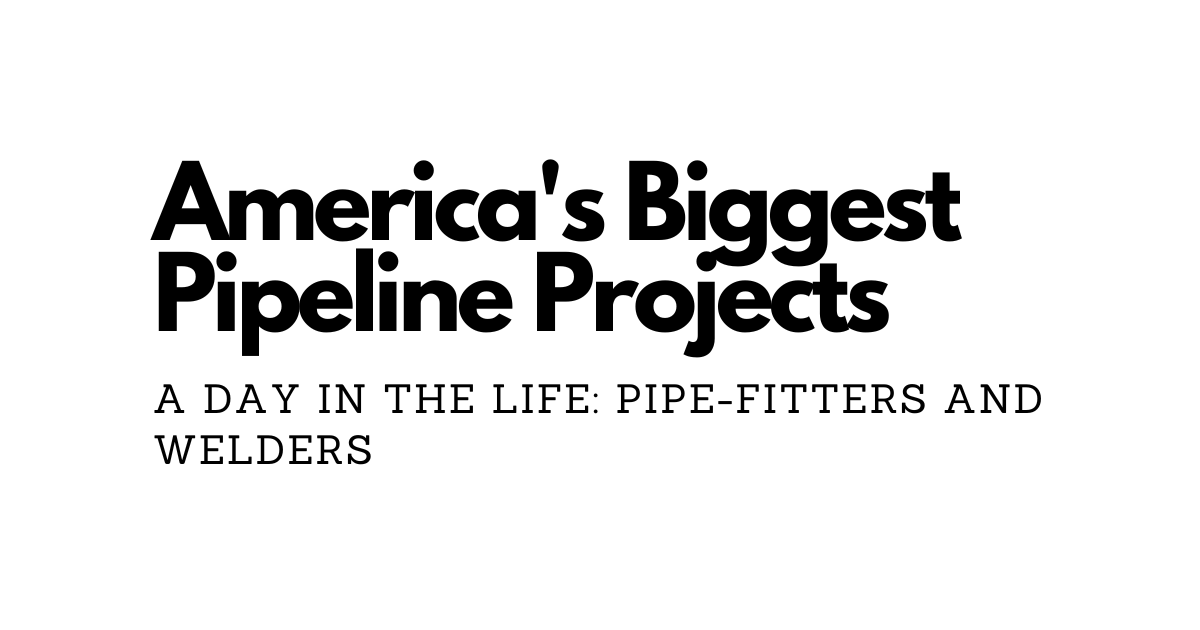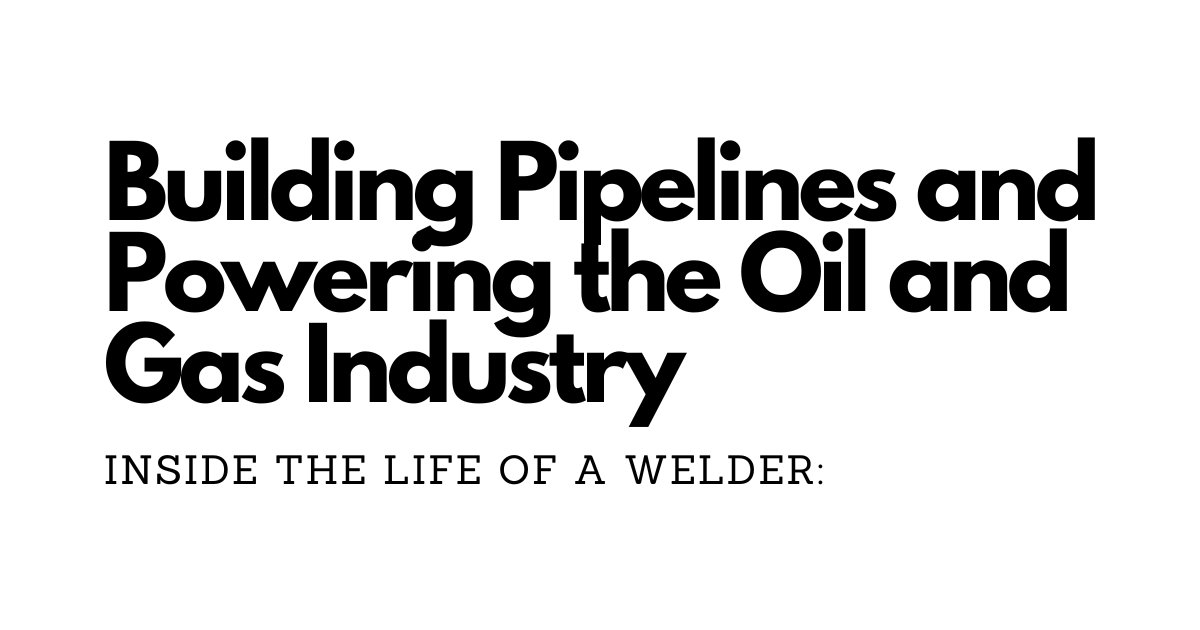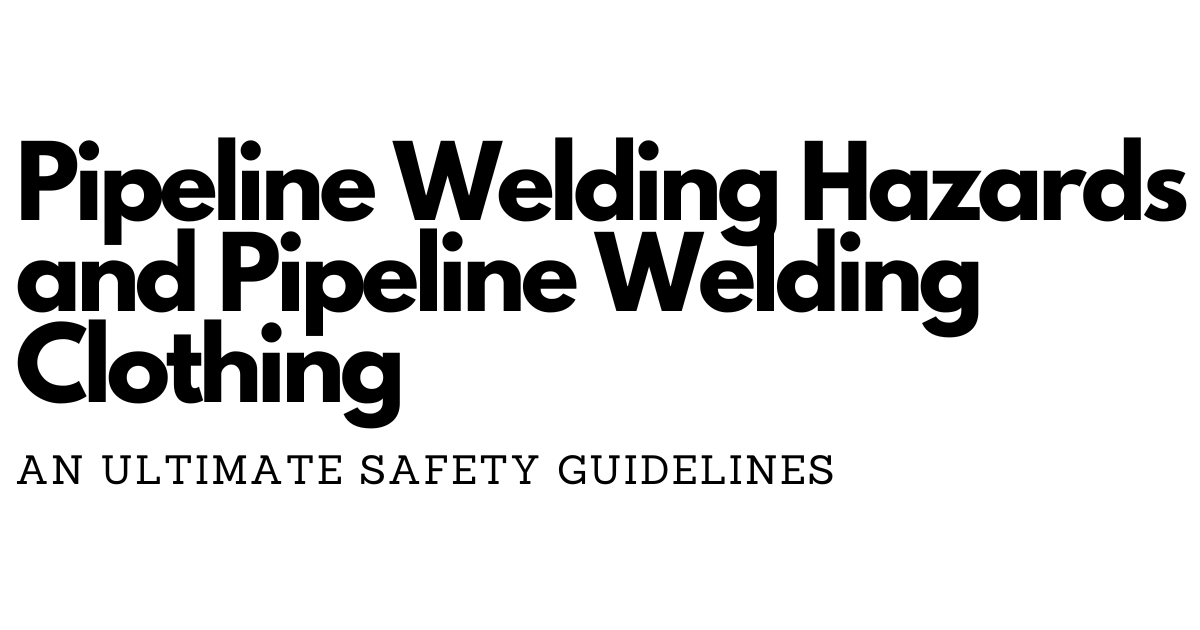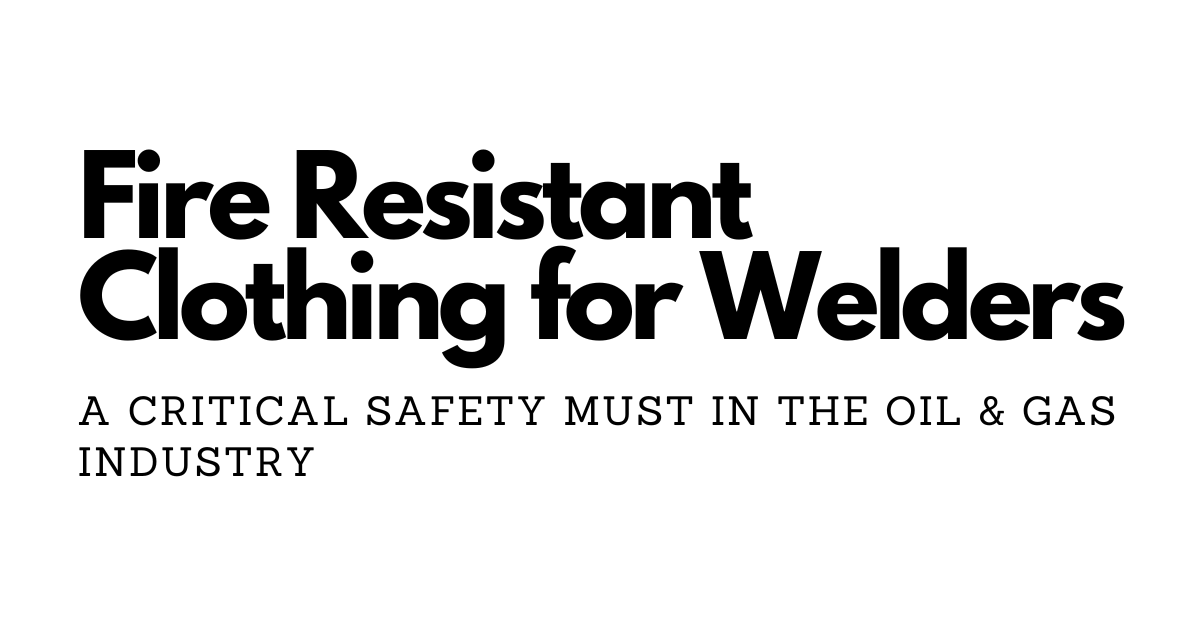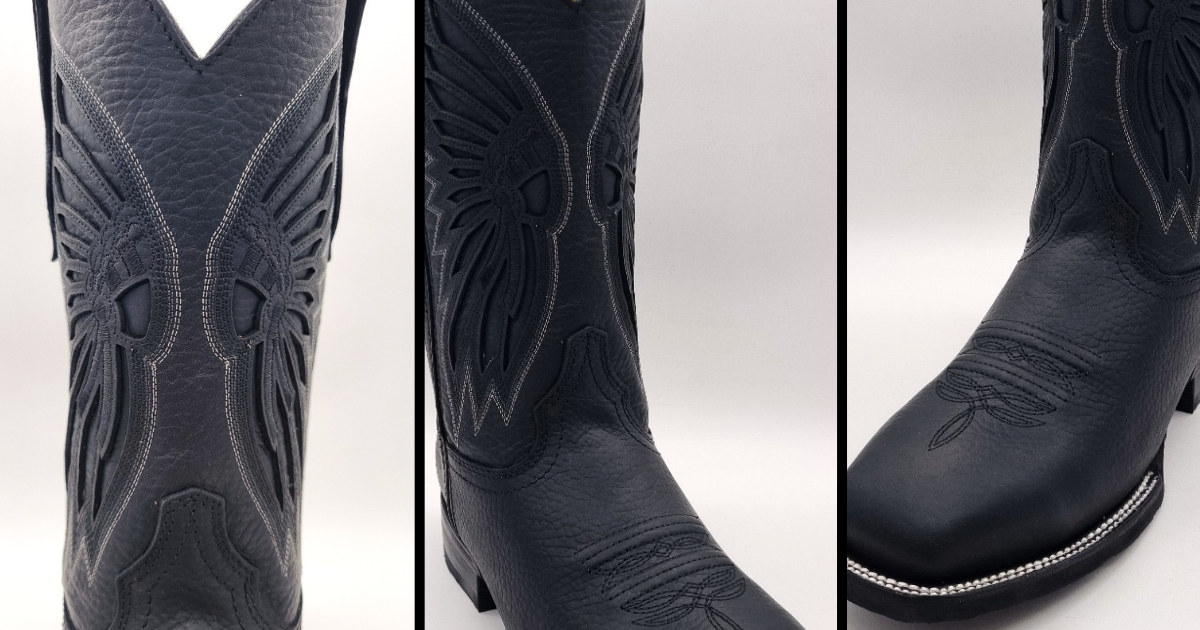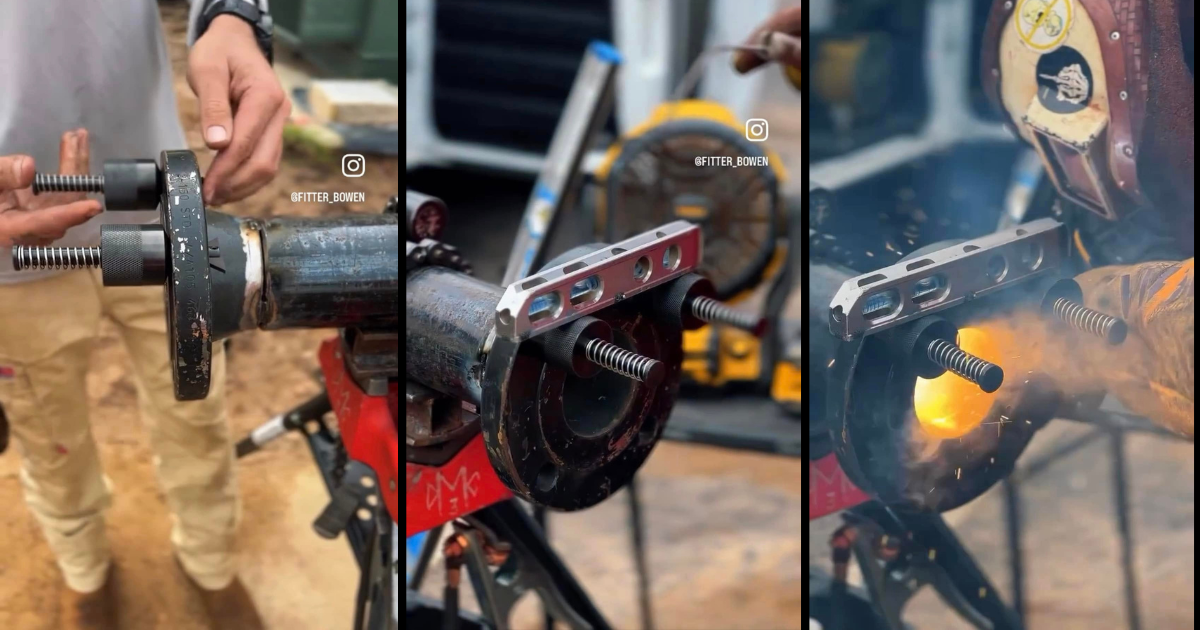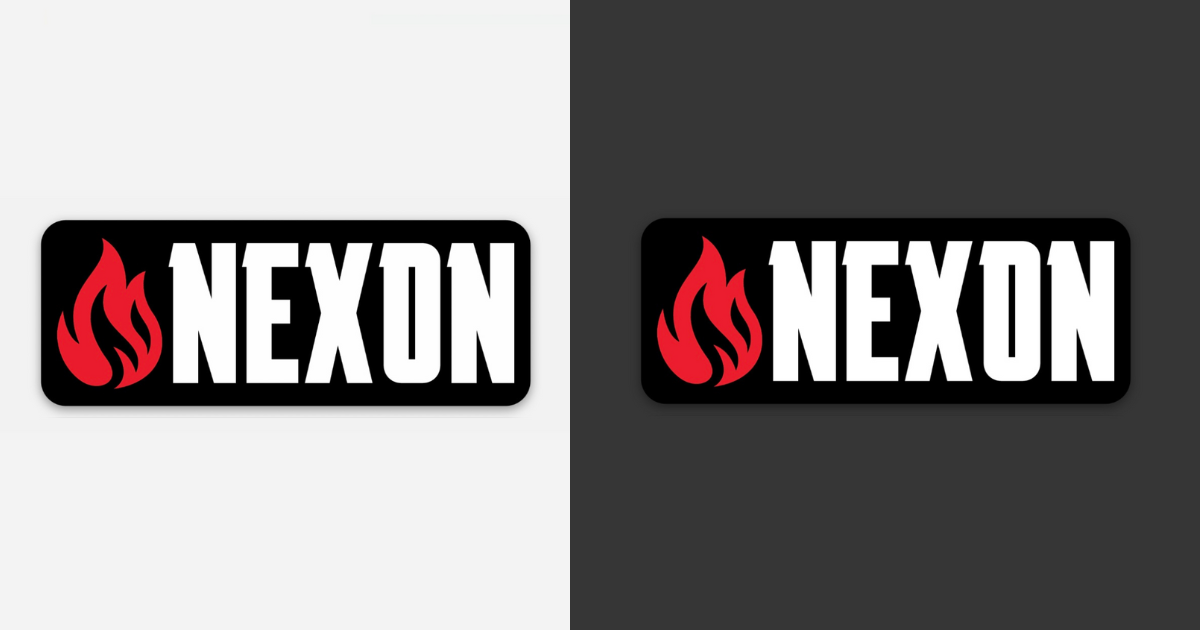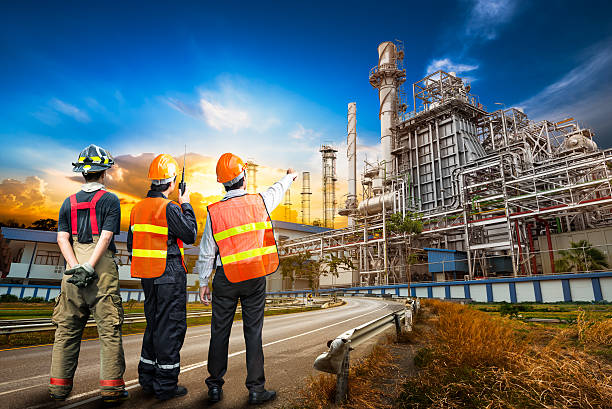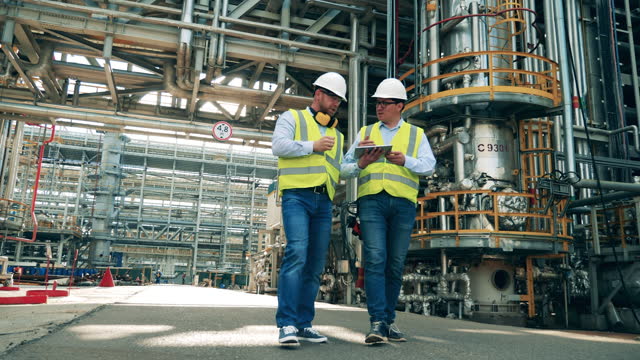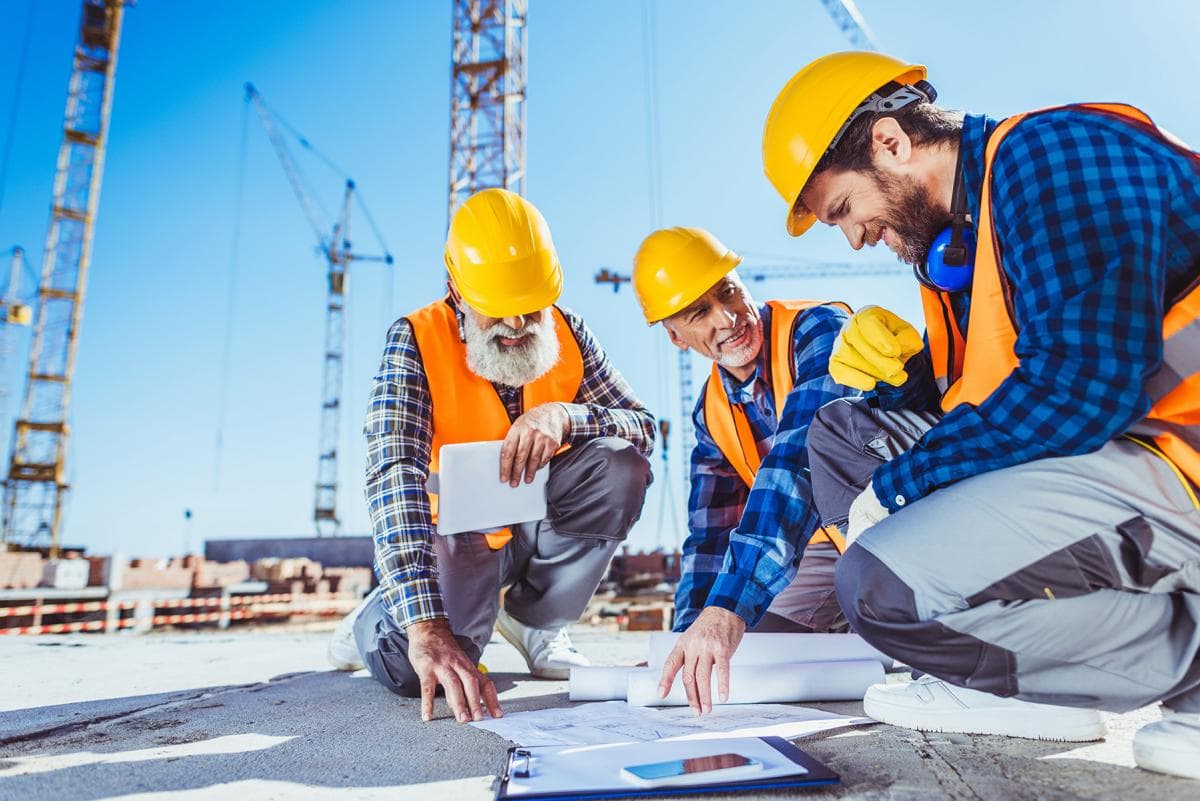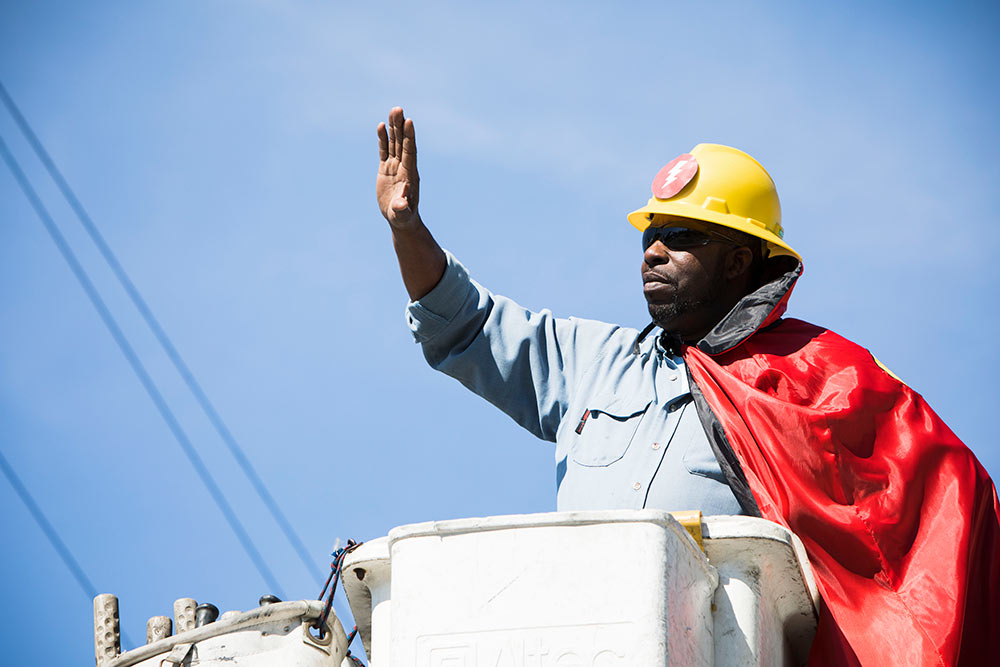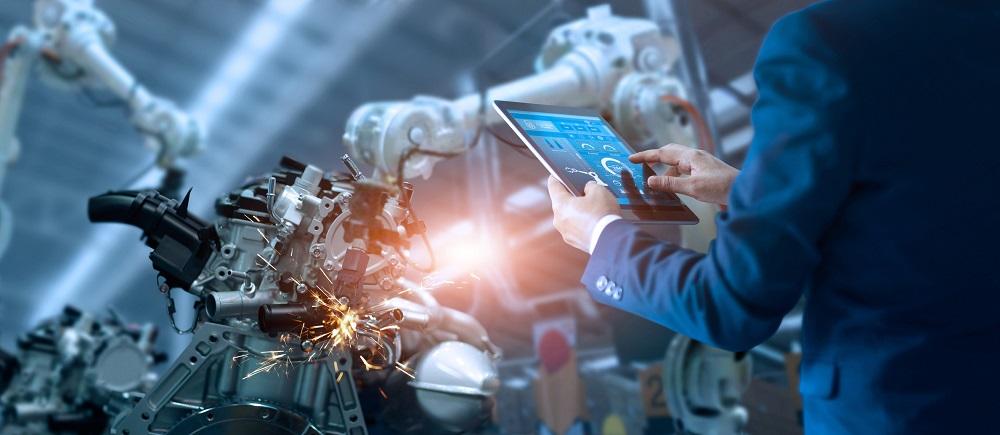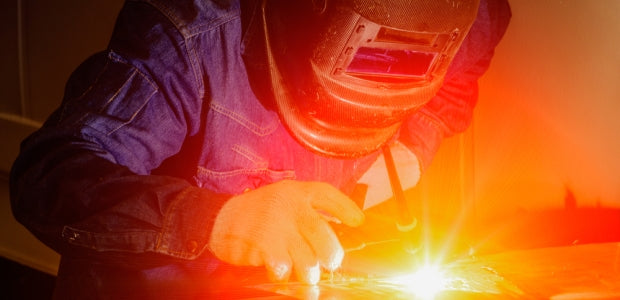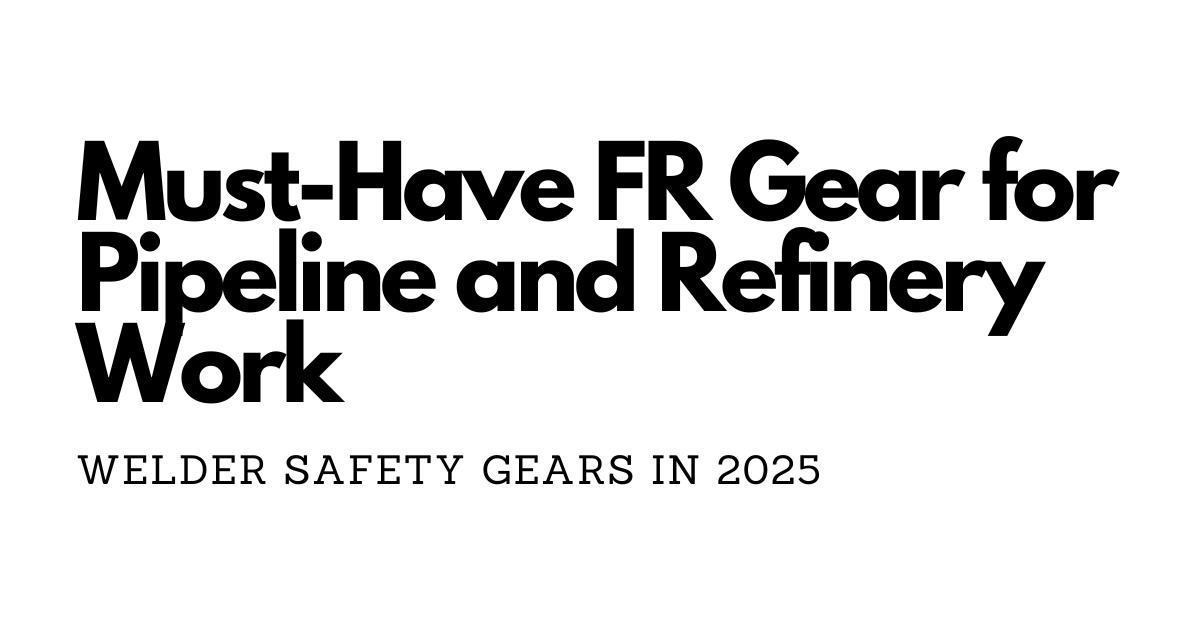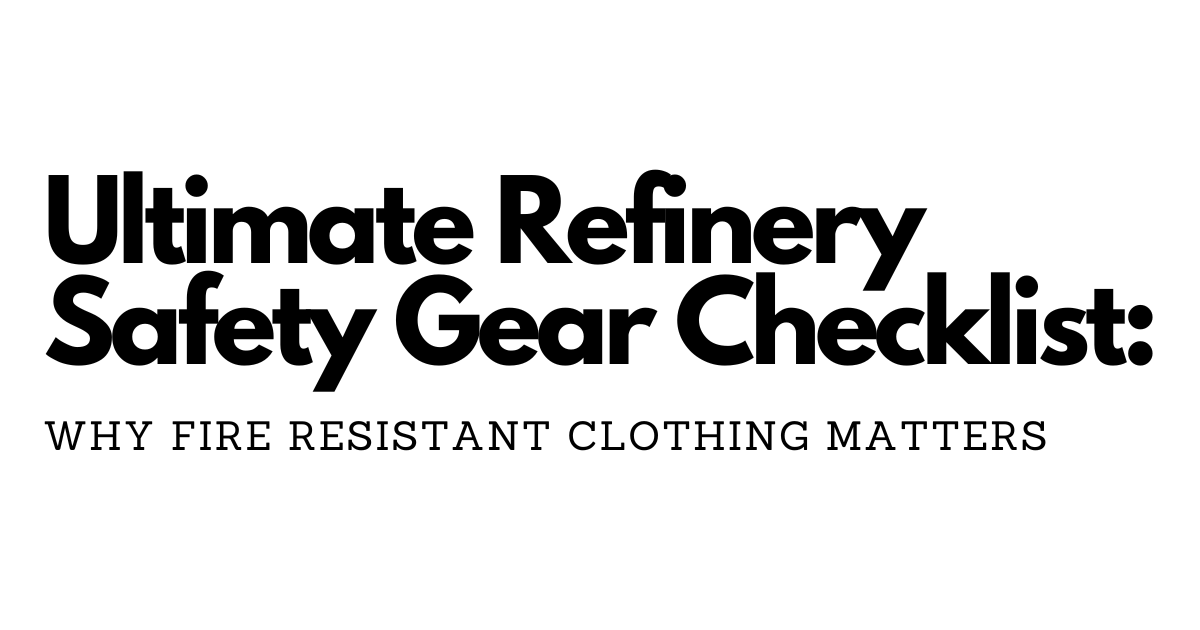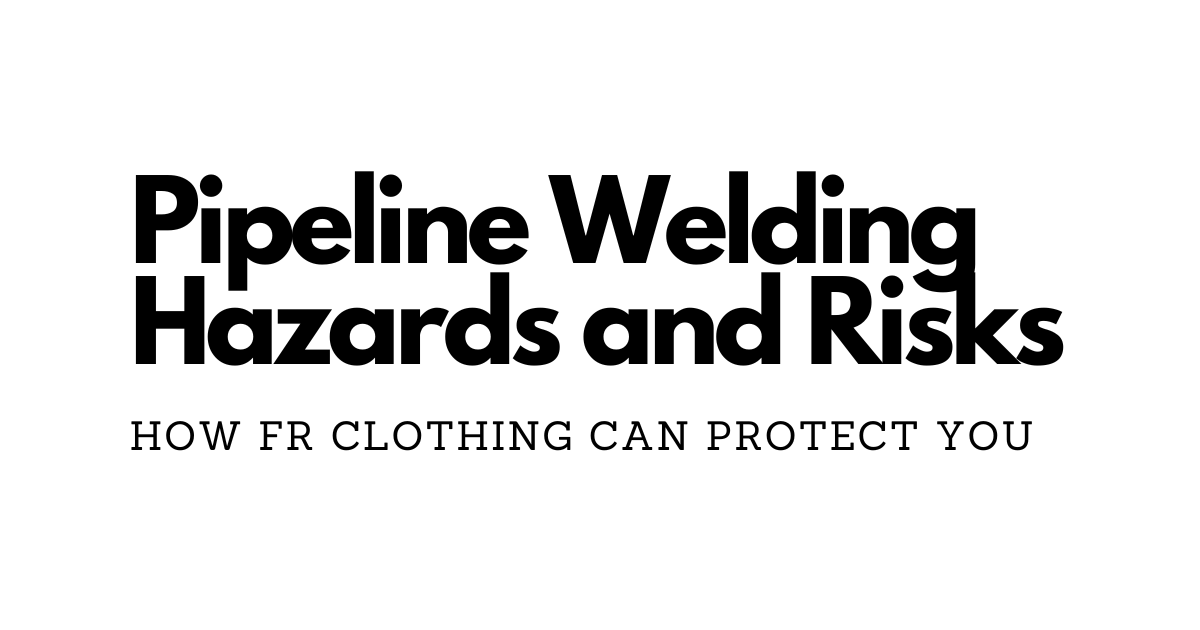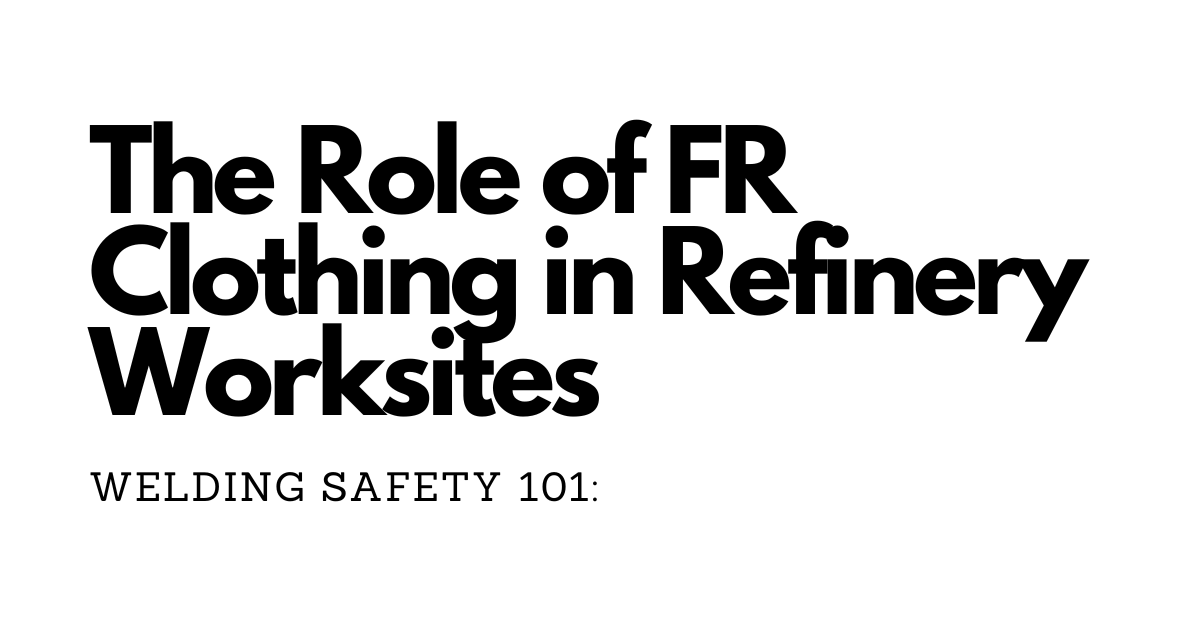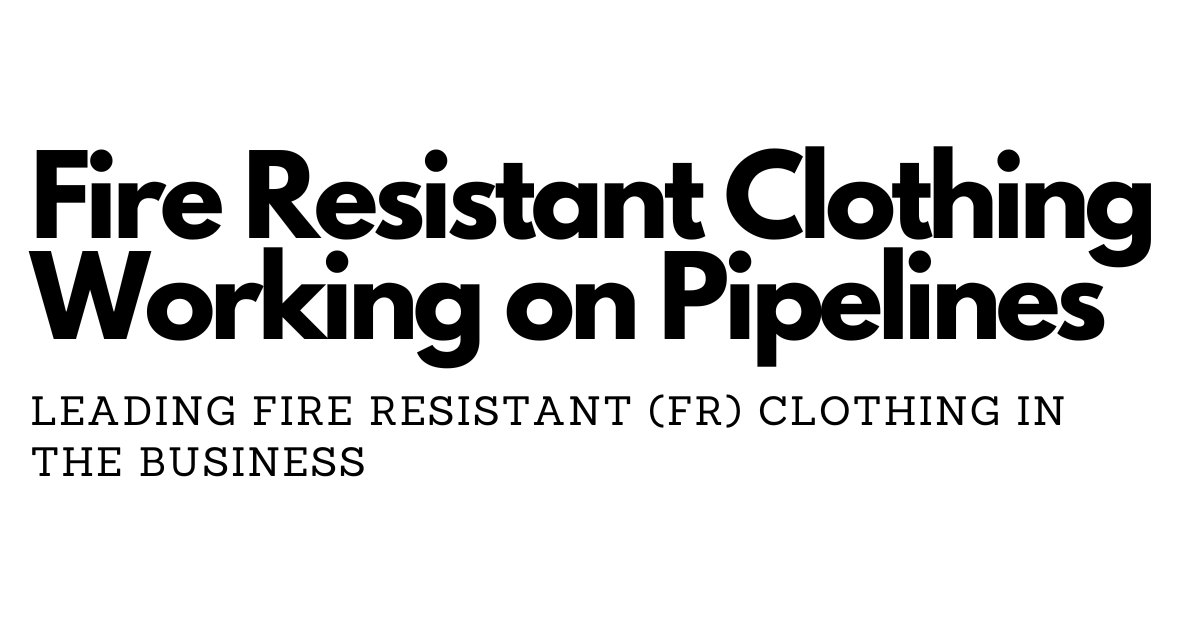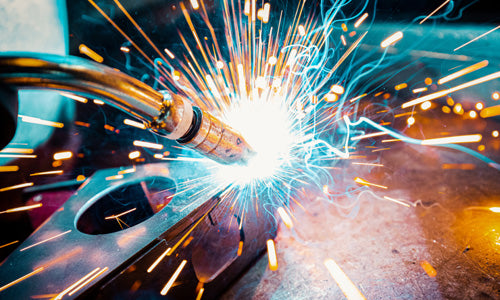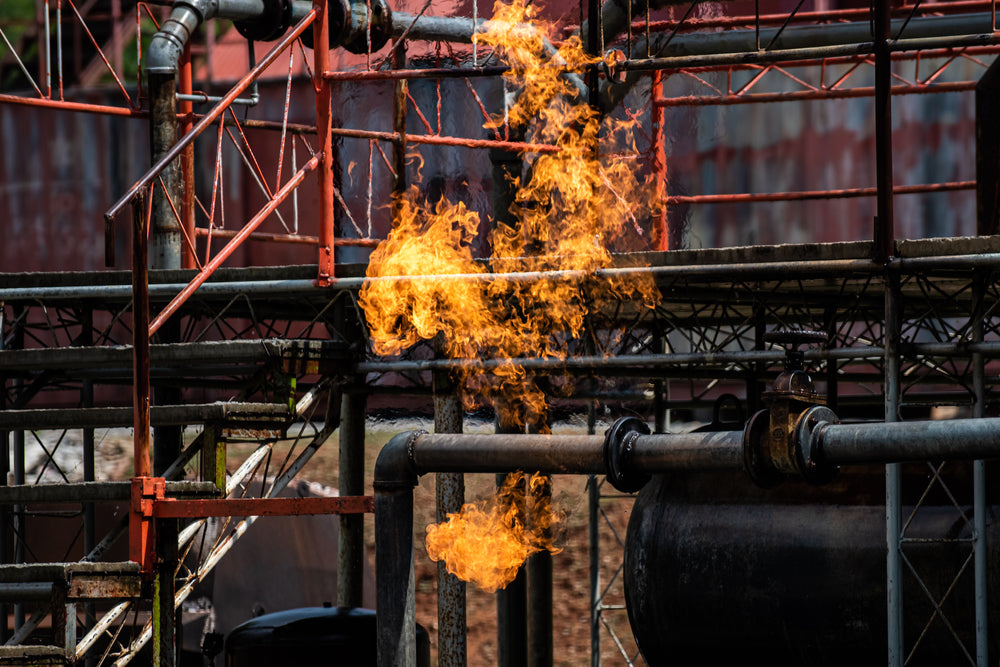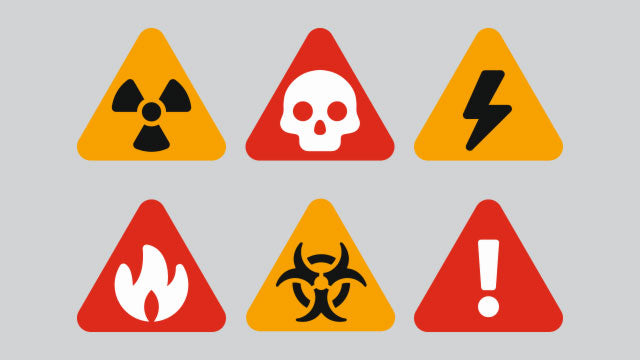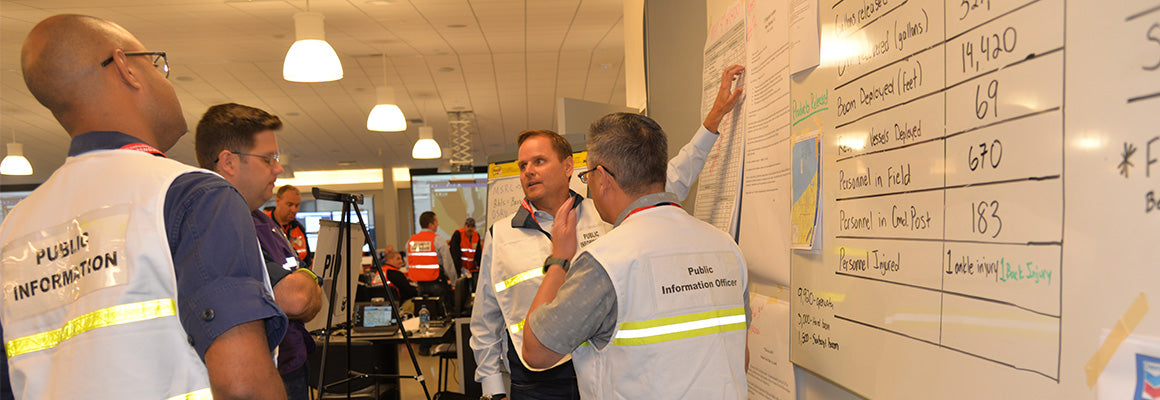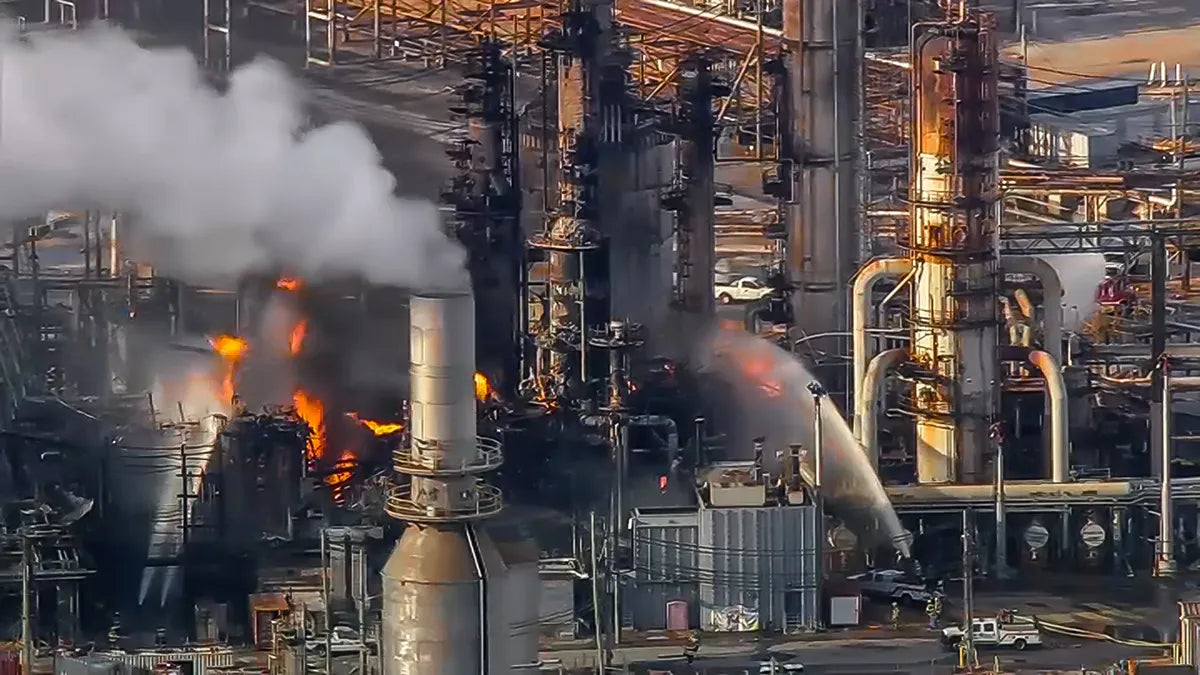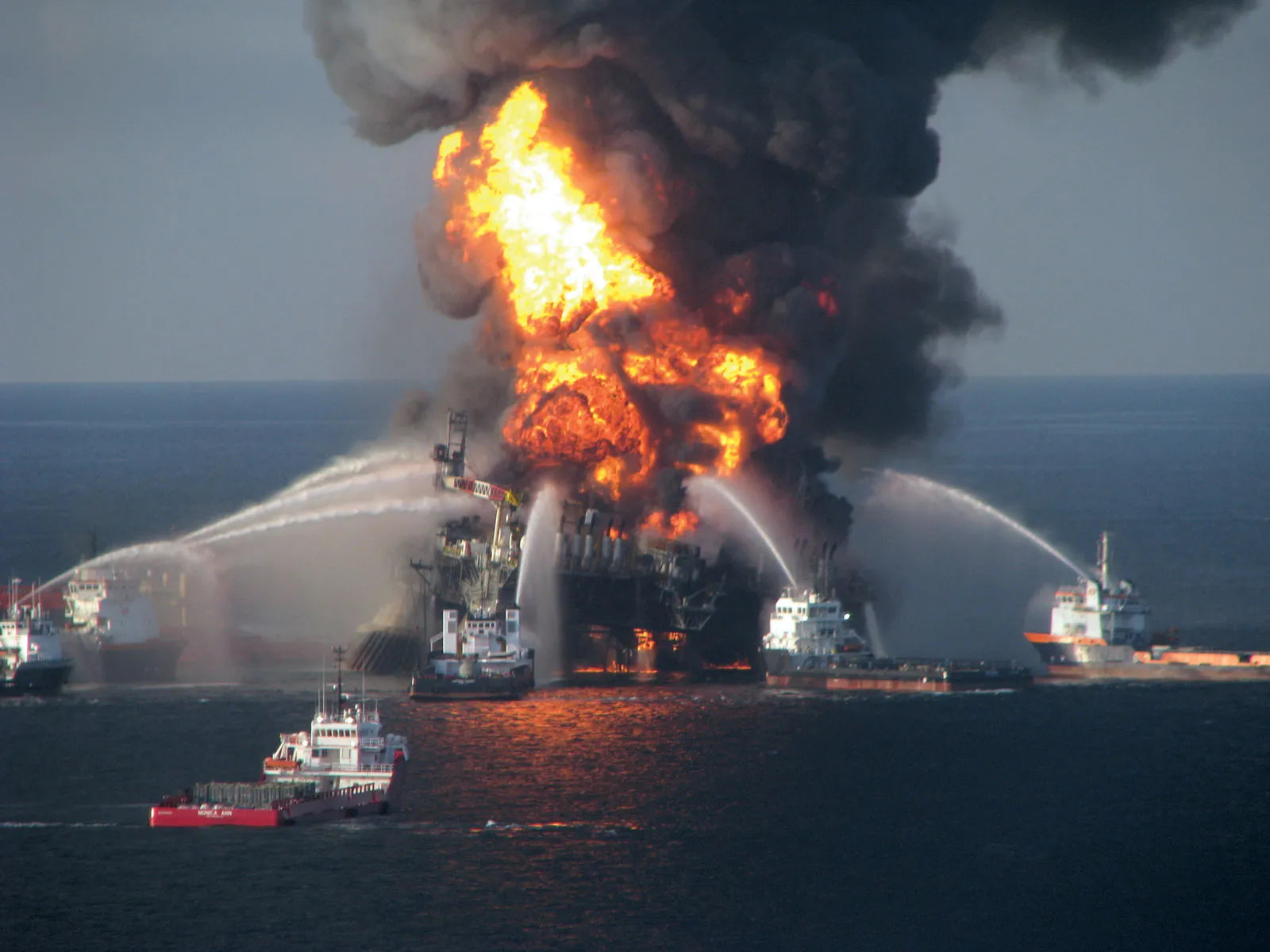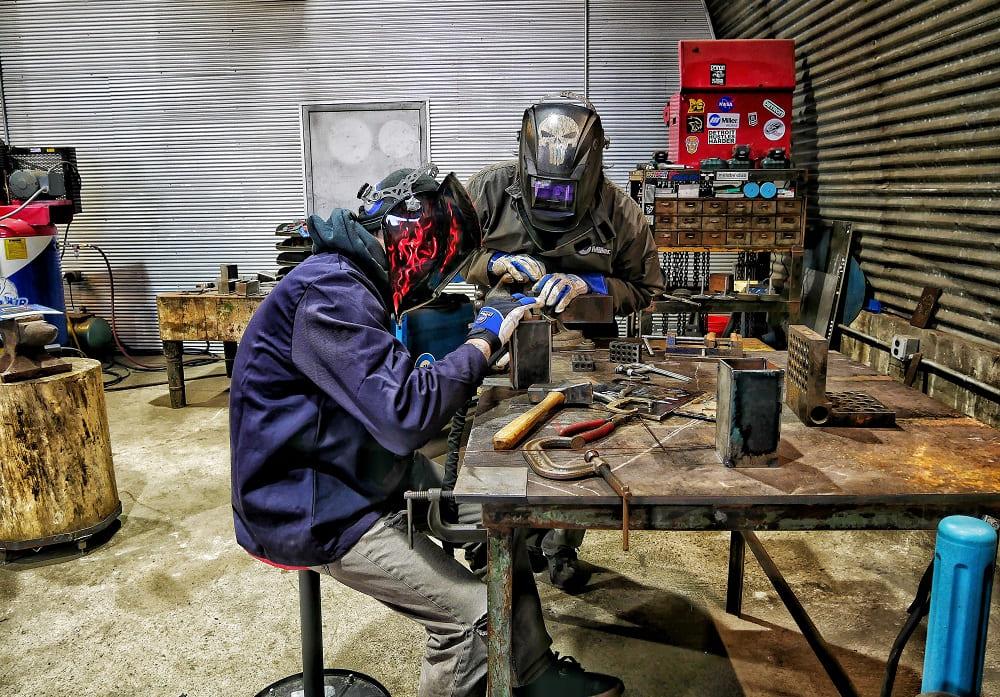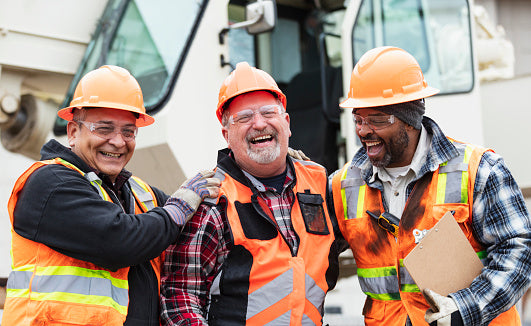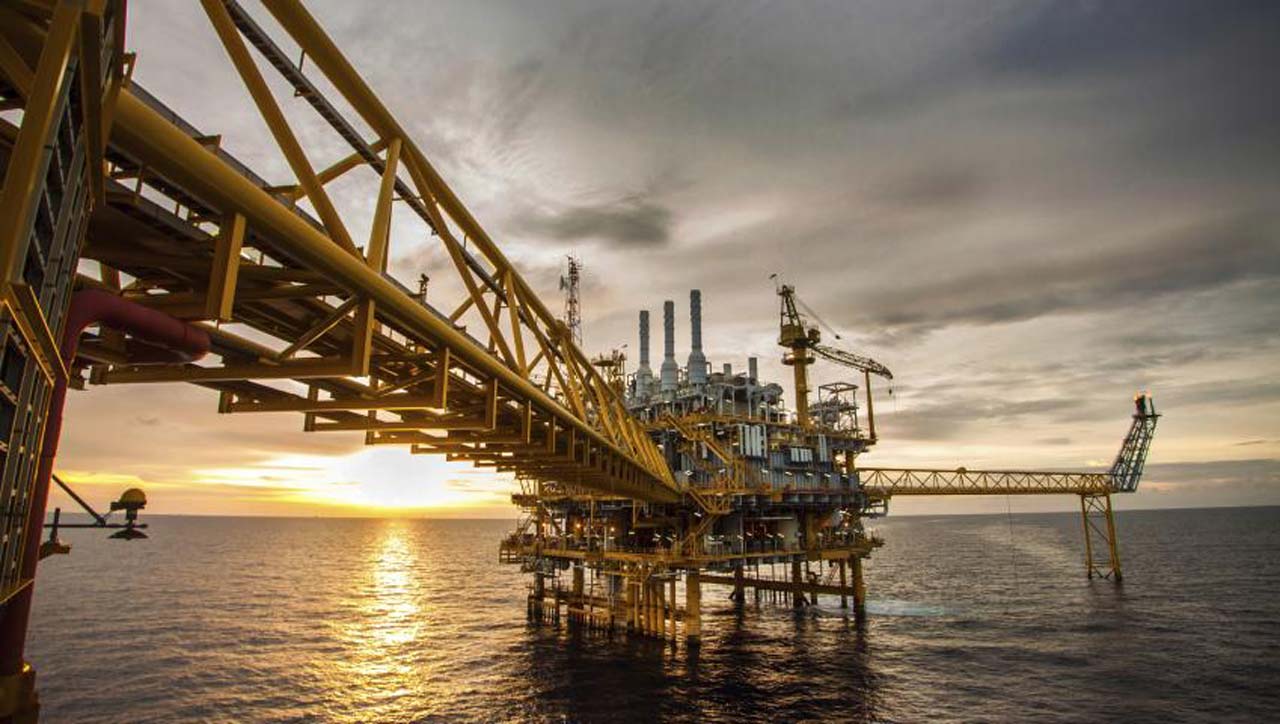
It doesn't matter if you’re the water boy or a rig carrier, working in an oil field is a dangerous job. In fact, according to OSHA, 823 oil and gas exploration workers died between 2003 and 2010. This will increase oil mortality in oil fields seven times that of all other American industries.
As a matter of life and death, safety has always been a top priority for all workers in the workplace. That's why Oilfield Factoring wants to provide you with the best safety tips for working in the oil industry. Workplace safety
It doesn't matter if you own a water transportation business, a welding business, or a well cleaning business. All oil companies are responsible for the safety of their employees. However, oilfield projects are often expensive. Employers need to rely on workers to get the job done quickly and efficiently. This means that you have to work long hours around dangerous equipment in all kinds of weather conditions.
Basic safety rules for oil fields:
The oil industry takes worker safety seriously. That's why most companies have workplace safety rules, and everyone knows what to expect. Workers who ignore these rules are usually removed from the site immediately. The following are the basic oil field safety rules.
Please wear protective equipment. These include helmets, earmuffs, eye protection, boots and other necessary clothing. When working in an oil field, it is essential to protect your body. Check all subcontractors. All subcontractors should be screened to ensure that they have the necessary safety and protection equipment on site. You must also be informed about on-site safety regulations and meet the same expectations of all other workers.
Performs security checks on all devices. Damage or wear to equipment can cause safety issues for everyone in the workplace. Therefore, it is imperative to test and verify all equipment for safety before use. Any problems should be reported and resolved immediately.
Safe and qualified work. Do not allow untrained or unqualified workers to work. This includes operating unfamiliar equipment. Contact workers and subcontractors to make sure they understand their job or role.
Maintain regular security reviews. Everyone in the workplace needs to know the company's safety policy. All employees and subcontractors also need to be trained to understand basic first aid practices. In addition, first aid kits should be readily available and have all the necessary equipment. Safety is the responsibility of everyone
The safety of the oil industry is the responsibility of everyone. This includes paying attention to others and ensuring that all safety policies and procedures are followed. This allows everyone to safely go home at the end of the day. The basic oilfield safety tips above are just that, the basics. Both employers and employees need to practice to prevent accidents and ensure prompt and appropriate care in emergencies.
